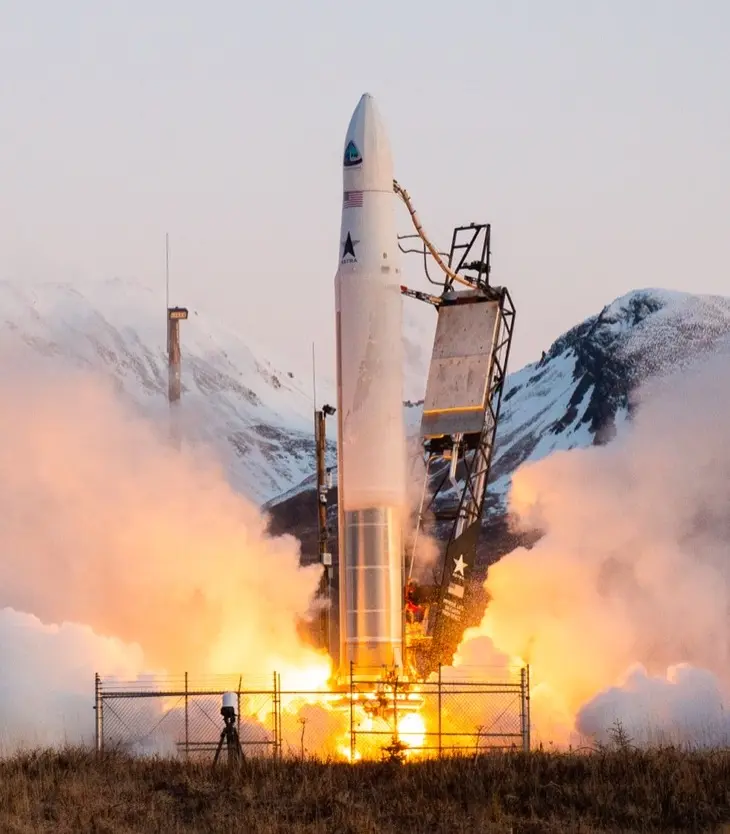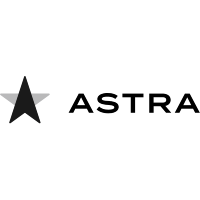VCLS Demo-2A
Launch Failure
Liftoff Time (GMT)
20:00:00
Thursday February 10, 2022
Watch Replay
Official Livestream
Mission Details
Read Article
Launch Notes
LV0008. First launch of Rocket 3 from Cape Canaveral. Incorrectly connected wires resulted in the payload fairing failing to separate prior to stage separation; the second stage then spun out of control after striking the fairing. This was compounded by a software issue on the upper stage, which resulted in the loss of thrust vector control (TVC).
ELaNa 41
Four CubeSats were selected through NASA’s CubeSat Launch Initiative (CSLI) for the ELaNa 41 (Educational Launch of Nanosatellites) mission. BAMA-1 is a technology demonstration mission that will conduct a flight demonstration of a drag sail module by rapidly de-orbiting the satellite. Spacecraft equipped with drag sail technology will be able to deorbit reliably and rapidly, thus reducing space debris and the risk to operational satellites, space stations, and crew vehicles. INCA (Ionospheric Neutron Content Analyzer) is a scientific investigation mission that will study the latitude and time dependencies of the neutron spectrum in low-Earth orbit for the first time to improve current space and airborne assets. The measurements will come from a new directional neutron spectrometer, which is being developed in conjunction with NASA’s Goddard Space Flight Center and the University of New Hampshire. It's a 3U CubeSat with a mass of 3.8kg QubeSat is a technology demonstration mission. It will test and characterize the effects of space conditions on quantum gyroscopes using nitrogen-vacancy centers in diamond. Nitrogen-vacancy centers are nitrogen defect points in diamond with quantum properties that allow scientists to form gyroscopes that measure angular velocity. Nitrogen-vacancy center-based technologies are particularly well suited for space because of their high accuracy, small form factor, and radiation tolerance. R5-S1 intended to demonstrate a fast and cost-effective way to build successful CubeSats in addition to demonstrating some technologies that are important to in-space inspection, which could help make crewed space exploration safer and more efficient. R5-S1 could prove a cheaper way to demonstrate crucial technologies like high-performance computers, cameras, algorithms, and a new way for satellites to transmit pictures to the ground.
Low Earth Orbit
4 Payloads
Launch Site
Stats
Rocket 3
5th
Mission
1st
Mission of 2022
2022
13th
Orbital launch attempt

